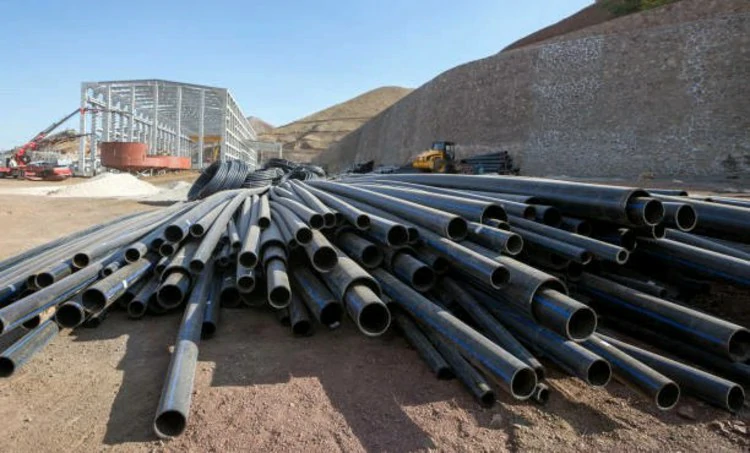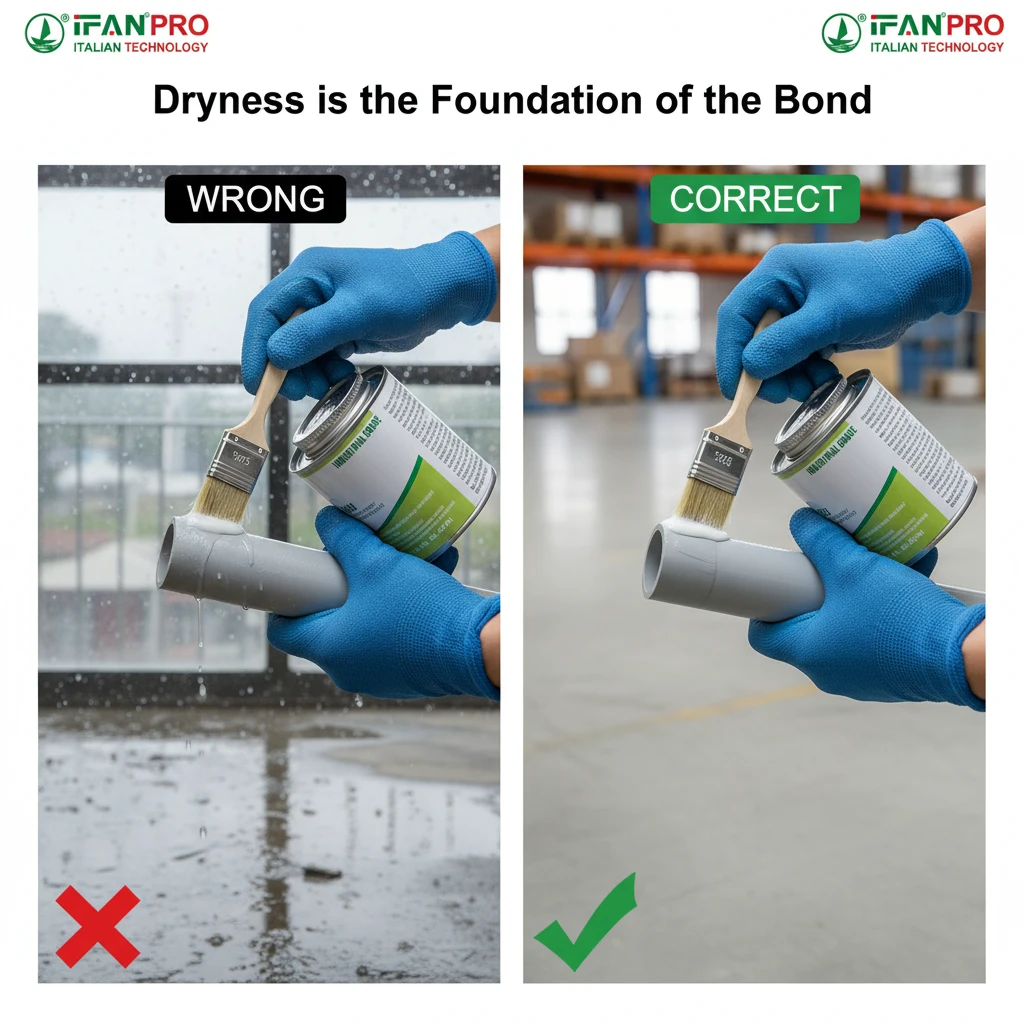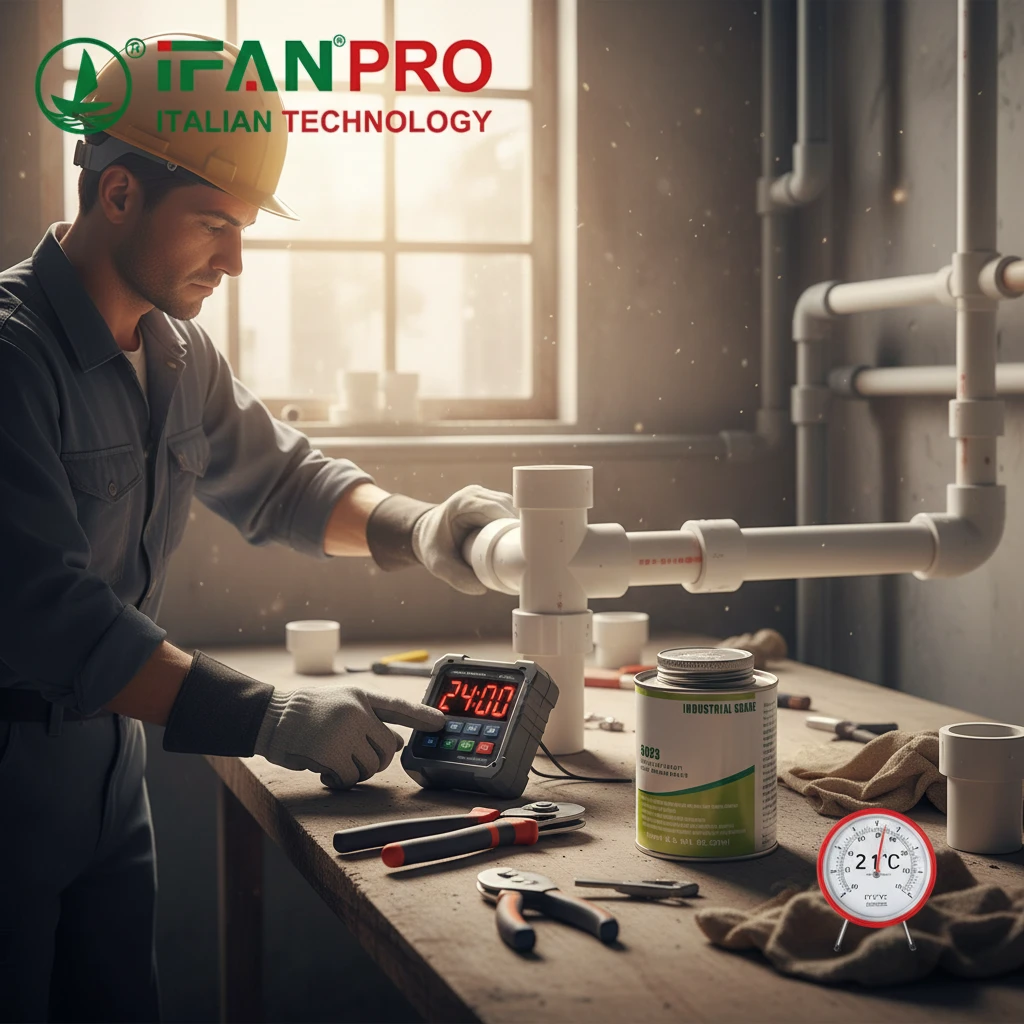Understanding the Proper Installation of HDPE Pipes
Introduction to HDPE Plumbing Installation
Installing HDPE (High-Density Polyethylene) pipes requires precision, expertise, and adherence to industry standards to ensure optimal performance and longevity of the plumbing system. This section delves into the essential techniques and tips for effectively installing HDPE pipes in various applications.
Proper Handling and Storage
Proper handling and storage of HDPE pipes before installation prevent damage and ensure integrity. Store HDPE pipes on flat surfaces away from direct sunlight and heat sources to avoid deformation and stress cracking. Also, keep sharp objects or debris away from the pipes.
Site Preparation
Proper site preparation is essential for a successful HDPE pipe installation. The excavation area should be cleared of any obstructions, debris, or organic materials that may interfere with the installation process. Additionally, the trench dimensions should accommodate the required depth and width of the pipes, allowing for proper bedding and backfilling.
Jointing Techniques
HDPE pipes are typically joined using heat fusion welding techniques, which create strong, seamless connections between pipes and fittings. The two most common methods of heat fusion welding are butt fusion and electrofusion. Butt fusion involves heating the pipe ends and fusing them together under pressure, while electrofusion utilizes special fittings with built-in heating elements to create fusion joints.
Proper Alignment and Support
During installation, ensure proper alignment of HDPE pipes for smooth flow and optimal performance. Use alignment guides and clamps to maintain correct positioning during welding. Install adequate support structures, like pipe hangers or brackets, to prevent sagging and provide proper support along the pipe’s length.
Backfilling and Compaction
After installing and jointing the pipes, backfilling and compacting the trench are necessary for support and protection from external loads and environmental factors. The backfill material should be free of sharp rocks or debris to avoid pipe damage and should be compacted in layers to minimize settling and ensure uniform support.
Testing and Inspection
After installation, HDPE pipes should undergo testing and inspection to verify the integrity of the joints and the overall performance of the plumbing system. Hydrostatic pressure testing is commonly used to assess the leak-tightness of the joints and identify any potential defects or issues that may require correction before commissioning the system.
Conclusión
Proper installation of HDPE plumbing systems ensures reliable performance and longevity. Following recommended techniques for handling, site preparation, jointing, alignment, support, backfilling, and testing is crucial. Adhering to industry best practices and investing in professional installation services maximizes the benefits of HDPE plumbing, avoiding costly repairs or replacements.
IFAN es un fabricante chino de tuberías, accesorios y válvulas de plástico con 30 años de experiencia. Si está interesado en IFAN accesorios de cobre, válvulas de cobre, tuberías y accesorios de plástico, póngase en contacto con nosotros. IFAN le ofrece una variedad de tuberías estándar para satisfacer sus necesidades específicas. Haga clic a continuación para obtener más información sobre la amplia gama de productos de válvulas y productos relacionados con sistemas de tuberías asequibles y rentables de IFAN.
Responderemos a su correo electrónico o fax en 24 horas.
Puede llamarnos en cualquier momento si tiene alguna duda sobre nuestra producción.
Para más información, visite nuestra página web https://ifanpro.com/
Pls Mailto: [email protected]
Whatsapp: + 86 19857948982














Comentarios recientes